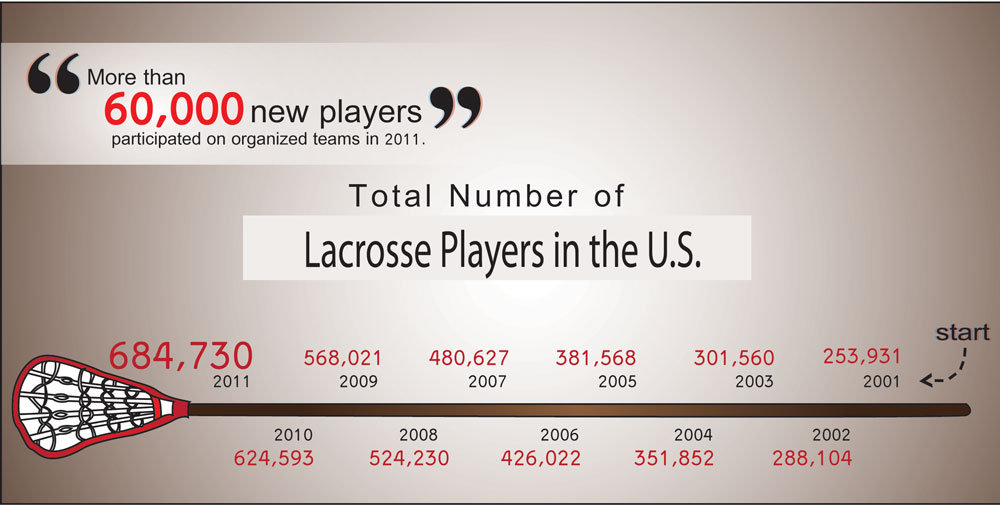
The anonymity of womens lacrosse in the center of the state harshly limits the size of the team as well as the fan size. The failure of RBHS to recognize the girls lacrosse team as an official school sport goes against the usual values of progressiveness that the school typically displays.
Womens lacrosse was the fastest growing college sport in 2012-2013, with 40 teams added, according to the National College Athletic Association’s annual participation report. Columbia Public Schools would be very wise to latch on to the opportunity to sanction girls lacrosse before it is too late to catch up with the prestigious teams of Kansas City and St. Louis. At laxpower.com, six Missouri high schools are ranked in the top 100 Midwest teams, all of which are located in or around the Kansas City and St. Louis areas.
Even with such successful teams, MSHSAA considers girls lacrosse an emerging sport. This growing nature of lacrosse as an increasingly recognized sport is the root of major benefits of the sport for high school girls—the sport requires little to no experience to start, especially at schools with newly instated teams.
If CPS sanctions high school lacrosse next year, girls with zero years of experience would have the same opportunity as girls with any number of years of experience playing for the city team. Whereas soccer, basketball and even cheerleading require tryouts, girls lacrosse would not necessitate any tryouts and no exhibited ability for a girl to play.
The opportunistic quality of a new high school team could allow more non-athletic girls to become involved in a sport, which is unheard of with other sports.
Every girl in CPS who will be in high school next year has the opportunity to voice either their support or their intent to play for a high school team in the coming school year at a board meeting on April 14.
Even with potential assistance from the school board, support from the district is not enough to create a team.
It is not enough to make the option available. Building a team takes recruiting, spreading the word, encouraging individual girls to play and so much more.
If athletic directors, coaches and even teachers talked to students about the benefits of a girls lacrosse team, there would be a higher chance of successfully sanctioning a team for the 2014-2015 school year.
By Emily Franke













































































